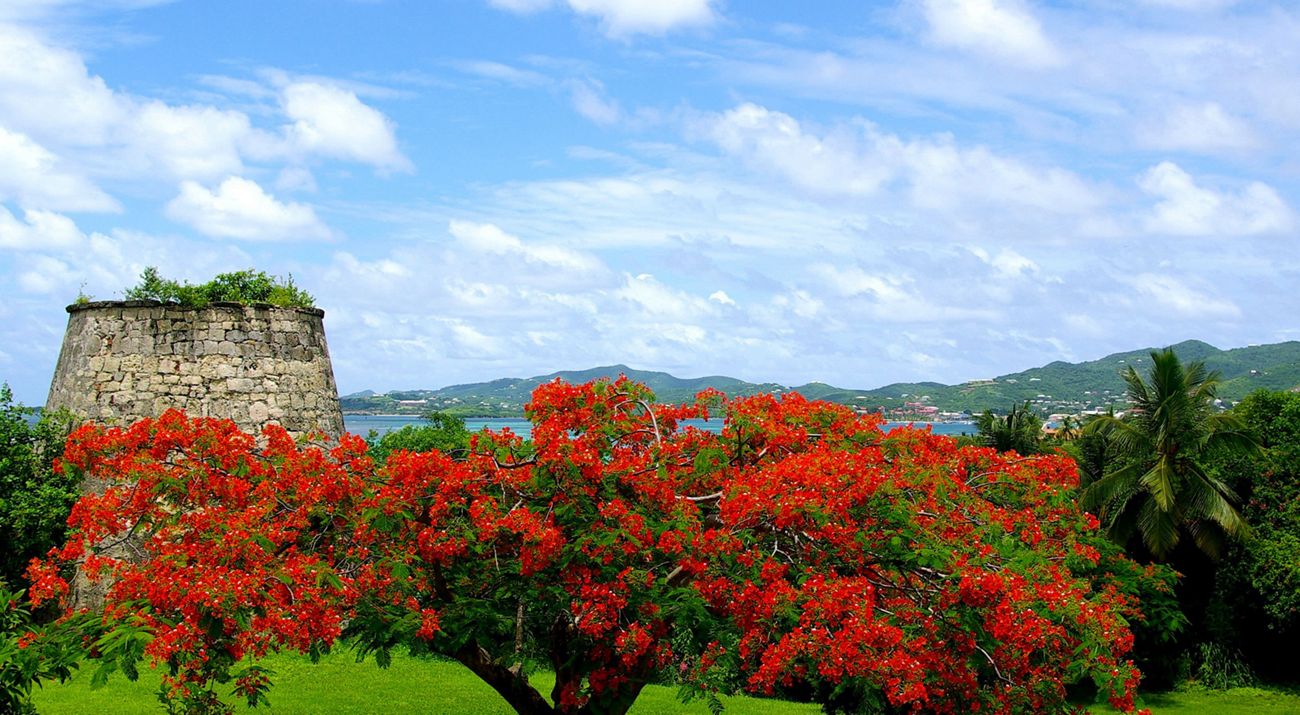Description
History
For more than thirty years, The Nature Conservancy has protected the diverse flora and fauna of this 25-acre nature preserve. We are working to restore and transform the buildings on Estate Little Princess so that the preserve can serve as a place of renewal, fully recognizing its role in the history of racial injustice and slavery as well as conservation that serves both nature and people. At the same time, we are striving to transform the preserve into an international nucleus of innovation to enhance coral reef, coastal, community, and economic resilience in the Virgin Islands and throughout the Caribbean.
The original buildings on this land were constructed over 250 years ago, when Estate Little Princess was established as a sugar and rum plantation by Danish colonizers. Enslaved Africans were the primary workforce of the plantation, and they were the architects and builders of all its structures. These included the Hospital Building and Great House, both of which represent unique Afro-Danish architecture. Enslaved African descendants continued to serve Estate Little Princess until slavery was abolished on St. Croix, following a successful revolt by the enslaved on July 3, 1848.
Over many decades, hundreds of enslaved Africans labored at Estate Little Princess—and before them, the Tainos and other Indigenous Peoples sustained these lands, which were later occupied by European colonizers. Limited artifacts remain to document the lives of Indigenous Peoples or the enslaved, but The Nature Conservancy and partners are committed to honoring those who lived and labored at Estate Little Princess. The Society of Black Archaeologists has played an enormous role in uncovering and telling their stories, and for that we are grateful.
Estate Little Princess is now dedicated to protecting humanity and our natural world. It is our mission to use its buildings, which represent a hard and bleak history, to create a brighter future. These buildings are, in fact, made of stony corals and limestone from the sea. It is fitting that Estate Little Princes is now the home of our Coral Innovation Hub—a place of RENEWAL, where scientists can convene, community members can learn, and young conservationists can be inspired.
As part of this commitment to moving forward, TNC has established Estate Little Princess as one of its Coral Innovation Hubs. In this vital role, the preserve will serve as an incubator for innovative approaches to coral conservation and disseminate today’s coral science and technology by convening a global network of conservation practitioners, partner organizations, stakeholders and educators.
The Estate Today
Today, walking trails on the property wind through an array of ruins, lush plant life and wildflowers, with a path leading to a serene stretch of beach. TNC has re-vegetated the land with endemic plant and tree species to provide habitat for wildlife and consistent seed sources to foster diverse plant life and healthy ecosystems throughout the surrounding areas.
We host community educational events at the Great House and strive to engage the next generation in conservation through internships and volunteer activities. High school students from the TNC’s Leaders in Environmental Action for the Future (LEAF) program have taken part in internships at Little Princess to learn about our work.
Moving Forward, Growing Stronger After Hurricanes
In 2017, Hurricanes Irma and Maria tore through the Caribbean, causing mass destruction across many islands, including the Virgin Islands. Estate Little Princess suffered severe damage, and TNC is in the process of restoring and renovating the buildings and landscape, ensuring the preserve will continue to be a source of conservation education and inspiration for Virgin Islanders and visitors from around the world.
As part of this commitment to moving forward, TNC is establishing Little Princess as one of its Coral Innovation Hubs. In this vital role, the preserve will serve as an incubator for innovative approaches to coral conservation and disseminate today’s coral science and technology by convening a global network of conservation practitioners, partner organizations, stakeholders and educators.

